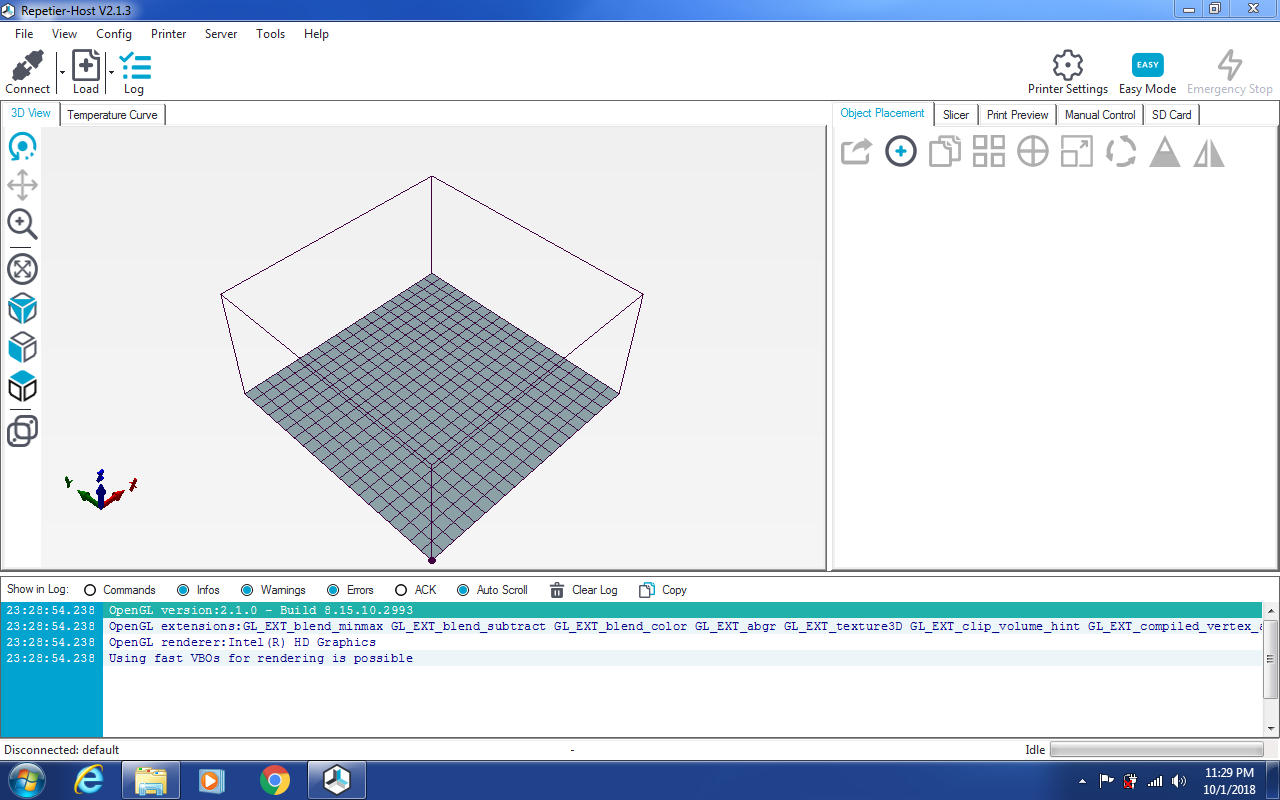Ah, the chipset drivers may play an important role: they support the underlying system. Considering that your 'GPU' is actually a piece of the CPU I think that maybe it's a good idea to make sure you have all of those drivers up-to-date. I know that you already updated your BIOS to the latest version, and there's a distinct possibility that updating your BIOS without running up-to-date chipset drivers could lead to something like other devices not operating properly (like the integrated GPU). From what I've read a lot of people have had problems getting drivers to work right on older laptops, especially when it comes to getting OpenGL to work, which is something I've never had problems with.
I suppose you could go back to the Dell support page for your laptop and have it auto-detect all the drivers you need, and download/install them. Be sure to reboot between driver installs!
Drivers can be finicky, and they take some finesse. I know that it's possible to get your laptop running properly, it just takes time and persistence.
The GL extensions viewer won't work if you don't have the right OpenGL driver installed - it works by interacting with OpenGL, which in your case will be stuck dealing with the Microsoft GDI/Software rendering driver, and will not show you anything about your Intel GPU.
Visit the Dell website and let the auto-detect tell you everything that you need to install. Install the chipset drivers to make sure that Windows isn't unable to control the low level hardware systems.
Also, yes, the 32-bit drivers will not work because you're running a 64-bit version of Windows. You could install a 32-bit version, and then only be able to run 32-bit drivers/software. Windows 64-bit can run 32-bit software just fine, so there's really no reason to run a 32-bit version unless your CPU is 32-bit, at which point you'd have no recourse anyway.
There's always the option of emailing Dell, and telling them you had Windows 10 but decided to downgrade back to Windows 7 because your OpenGL drivers weren't working, and you still haven't been able to get them working. I don't know if they'd help someone with an older laptop that was bought second-hand, but you never know!
I'm a bit baffled that no driver has managed to make the Microsoft OpenGL driver budge at all. There must be something we are missing, or something that you could be overlooking simply due to being less experienced with PCs. I can't imagine what it could be, but it seems like there must be something. Right now it sounds like there's a very good chance the chipset drivers could be the issue. Be sure to install them and *then* install the graphics driver afterwards. I'd suggest sticking with the newest graphics driver that pops up for your i5-520M CPU on the Intel website.



